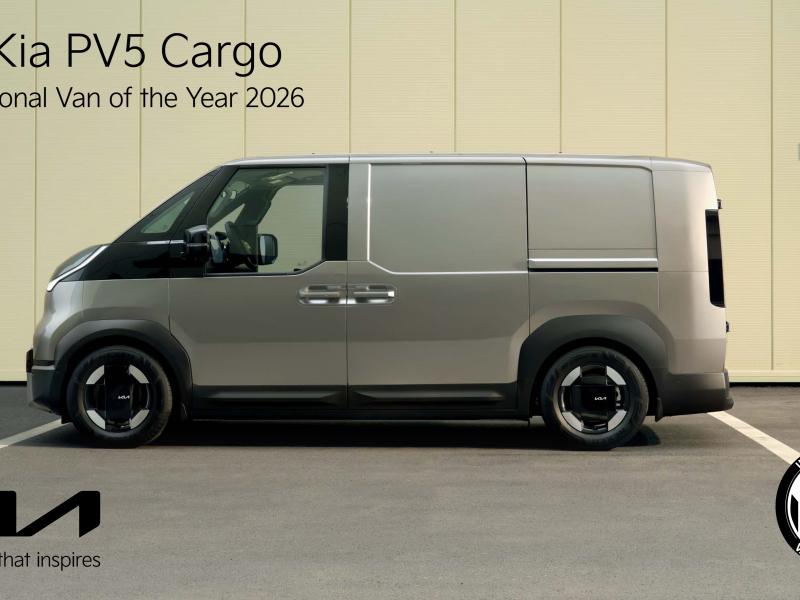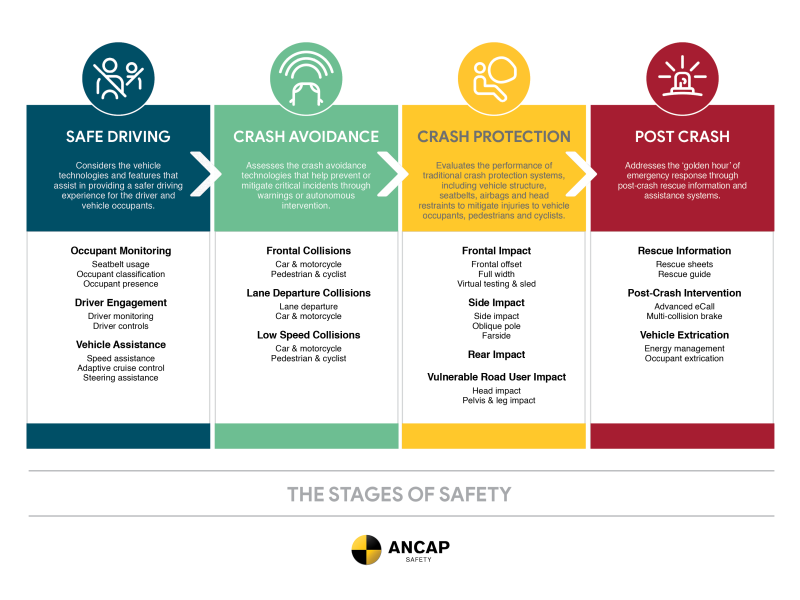For clarity, a fleet does not have to be 50 to 300 vehicles – in fact, those organisations with bigger fleets are largely up to speed with what they should be doing.
The small to medium businesses with a ‘handful’ of vehicles, on the other hand, may well find the following information handy.
Common sense says to ‘first get the money’ but the recommendation is to look carefully at what sort of fleet you are looking to fund first, especially given the ever-increasing number of options available in makes, models, body types and engine/motor options.
And now, thanks to a new Government, there is even more reason to look very carefully at the vehicles which might be on your selection list, with Road User Charges coming into the equation.
A word on this: RUCs – currently applicable to diesel, electric, and plug-in electric vehicles – will be a source of consternation for a wee while yet, with the government signalling RUCs being levied against ALL vehicles during their term of power. Just bear that in mind when analysing what vehicles you should be adding to your fleet.
So, firstly you should figure out the fleet, then figure out the financing – that’s the accepted procedure and it applies not only to new fleets, but also to existing ones.
When considering the needs of your organisation’s fleets, look at fit-for-purpose, safety, efficiency, total cost of ownership, value to your organisation and end-of-life consideration – preferably in that order of importance.
While all the above have been the traditional considerations for the Fleet manager, now he/she must factor in the motive power of choice: petrol, diesel, electric, hybrid, plug-in hybrid and, coming soon to a city near you, hydrogen.
Added to this is the requirement for refuelling, which also comes into consideration.
Vehicles – for many people – have an emotional connection. Fleet managers must harden themselves against this – there is a big difference between ‘want’ and ‘need’ and ‘want’ has little place in a working fleet.
And do not work on the erroneous assumption that your fleet vehicle will evolve into an asset over time – it won’t.
Once your fleet selection has been made, comes the costing exercise. If you can get a ‘close’ approximation of the dollars your fleet is going to need, it makes approaching a financial institution a good deal easier.
Now you have the next hurdle to cross: is finance better for you than leasing, or is it the other way around?
Or are there other options?
It depends on many factors, not least of which is who you talk to first and how good they are at their job. Before you start thinking about that though, think about this: are you – or someone in your organisation – prepared to put in the hard yards of a full-blooded fleet manager?
Do you have the time and the resources to undertake this role, which involves a lot of data mining and a broad-spectrum interest in the multi-faceted universe of fleet management?
If the answer is yes, go you – and please get in touch with our editor – he’d love some insightful stories on the topic.
If the answer is no, then outsourcing your fleet requirements and engaging a leasing company is the smartest move you can make.
By Sean Willmot






